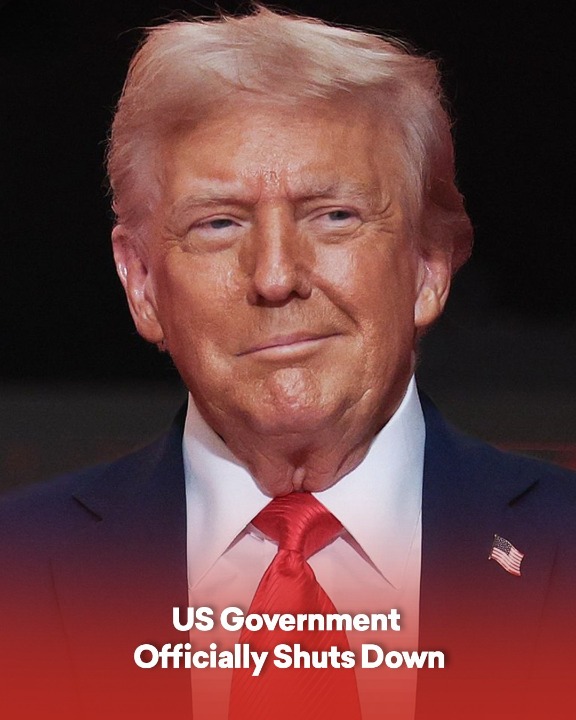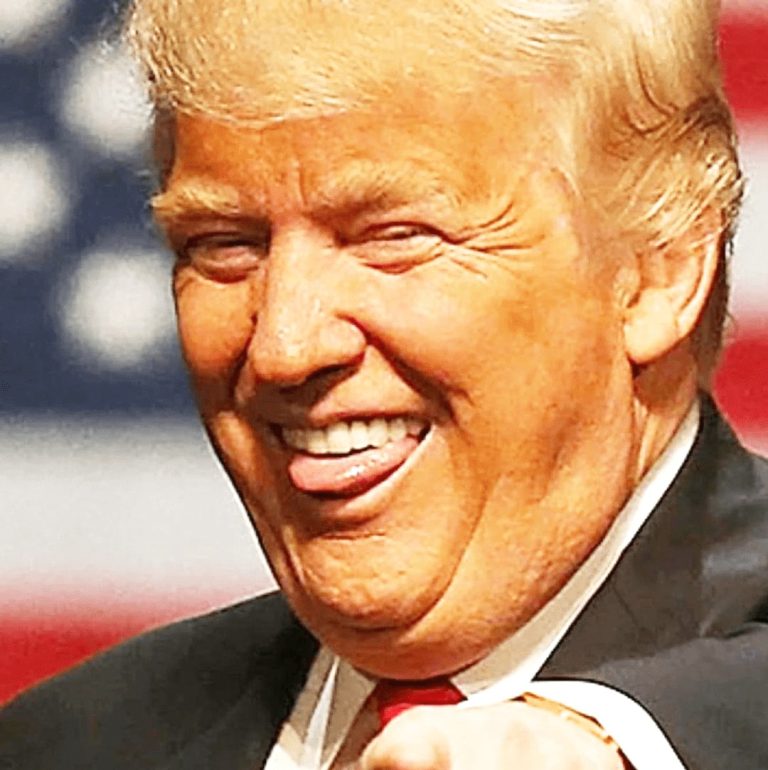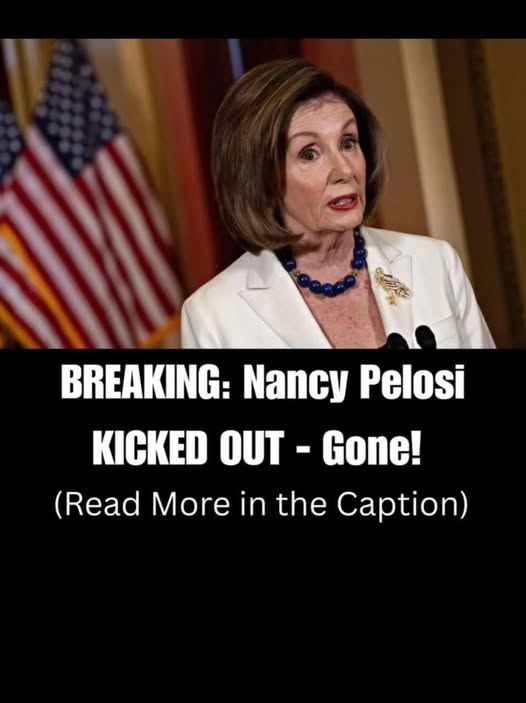US Government Officially Shuts Down
A U.S. federal government shutdown began on Wednesday, October 1, 2025, after the Senate failed to pass a temporary spending bill. This marks the first funding lapse since 2019. The shutdown was triggered when a Republican-backed stopgap bill fell short of the required 60 votes in the Senate, failing 55-45.
The political stalemate resulted from weeks of failed negotiations between President Donald Trump and congressional leaders. Democrats refused to support the short-term funding unless it included extensions for Affordable Care Act subsidies and reversed certain program cuts.
Immediate consequences include the furlough of up to 750,000 federal workers. Key economic data, like the jobs report, will be suspended, and many public services will face delays. However, essential national security and law enforcement operations will continue, albeit without pay for staff.
Financial markets reacted with caution. The dollar weakened, gold prices rose, and equity futures slipped as investors faced uncertainty from delayed government data and the broader political impasse.
President Trump indicated he would use the shutdown to pursue permanent changes, stating his administration could implement “irreversible” cuts to programs and federal workforce levels. This stance has intensified the political conflict.
Public impacts are widespread. National parks and Smithsonian museums are closed, while airport security screeners and air traffic controllers work without pay. Although Social Security benefits will continue, many customer service and permitting functions at agencies have halted.
There is currently no clear path to resolve the shutdown. Congressional leaders plan further votes, but the deep disagreements over health-care policy and presidential spending powers suggest the closure could be prolonged.






